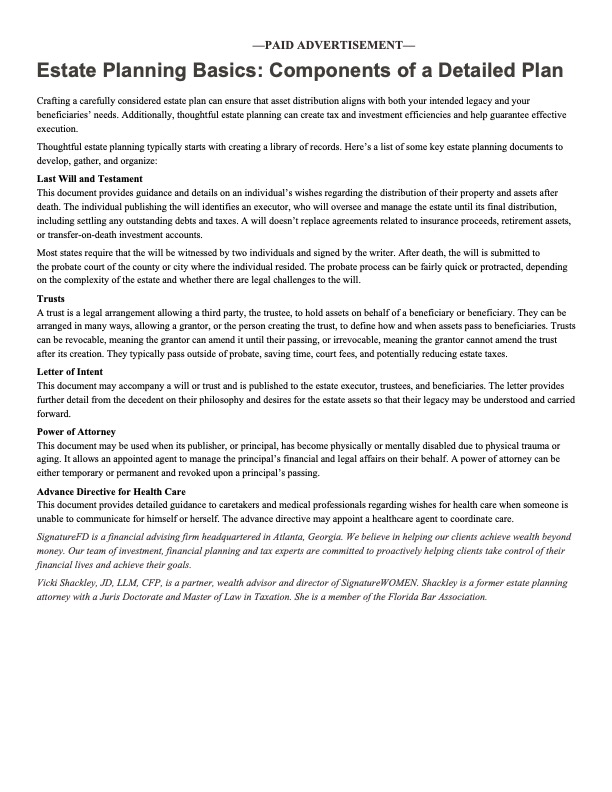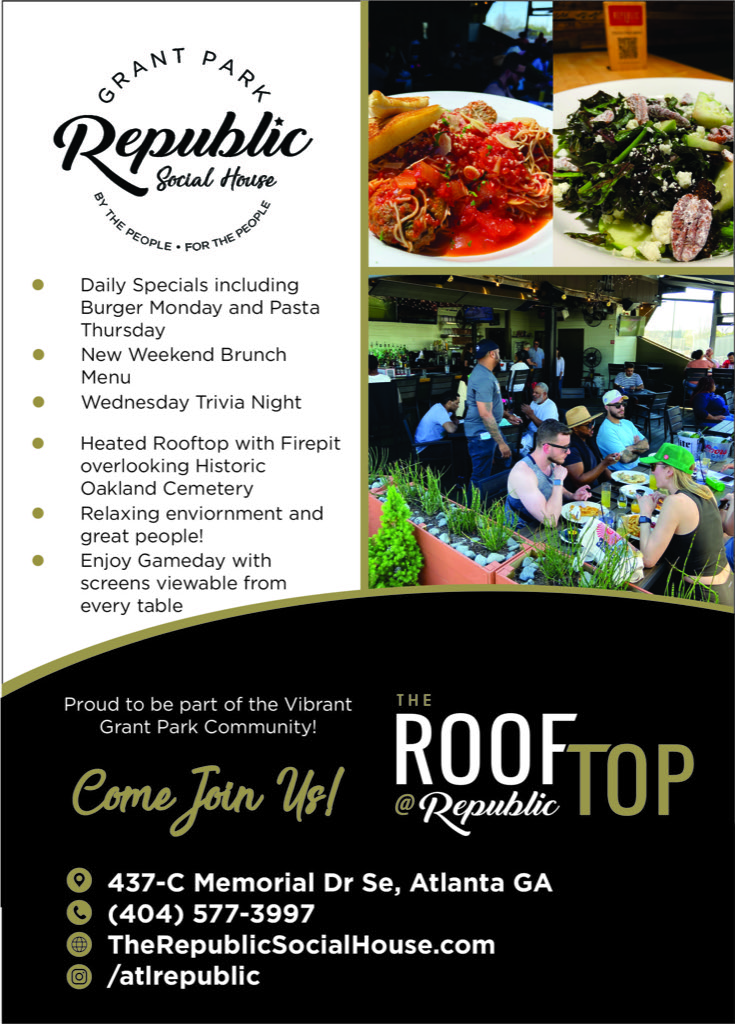By Elizabeth Dillon, SouthStar
Gas stations have become an icon of Americana. In the early days of the American automobile, drivers bought gasoline at local pharmacies. As car ownership increased, a new market opened up for stations that catered to motorists and the first self-service gas station in the United States opened in 1958 in Omaha, Nebraska. Since then, gas stations have become ubiquitous; more common than grocery stores in urban and suburban settings.They are as numerous as package stores in some states, because many of them are both gas station and package store.
In our area, there are three gas stations on Moreland Avenue, between I-20 and Wylie Street to the north of I-20; and there are five gas stations on Moreland, between I-20 and Custer Avenue, to the south of I-20. The distance between Custer and Wylie is about 2.5 miles, so there are approximately 3.2 gas stations per mile along this portion of Moreland. Do we really need more than eight gas stations within 2.5 miles on Moreland.
According to census data, there are 161,768 gas stations in the United States, and Georgia is home to 4,695 of them. America leads the world in the rate of passenger vehicle ownership per capita, at about 800 per 1,000. With this many cars on the roads, gasoline is in high demand – the U.S. consumes half of the world’s gasoline. Driving is a central part of the American way of life, so it is certain that gas stations will continue to be a part of our landscape. However, it is also becoming increasingly clear that gas stations are not good neighbors in residential neighborhoods, and that identifying a suitable location for one should be done very carefully. When thinking about the benefits that a gas station might provide to a neighborhood, it is also important to consider the negative impact that it may have on your health, the health of your family, and the health of the community that it might serve.
In December 2010, Spanish researchers at the University of Murcia released a study on the effects of air contamination from gas stations. This study found increased levels of airborne chemicals within 150 feet of gas stations due to the evaporation of gasoline during the filling process. The greater the number of pumps at the gas station, the larger the area of contamination was found to be, extending up to 300 feet from the station. Perhaps the most harmful of these chemicals is Benzene. Benzene is a known carcinogen that has been shown to affect the central nervous system, respiratory track, and the immune system. After prolonged exposure, it has also been shown to cause brain damage, anemia, and leukemia. Toluene is another chemical that is found in gasoline vapors; and it is associated with cardiac arrthymias, liver and kidney failure, and developmental problems in fetuses.
In addition to potentially affecting your health, a nearby gas station may also affect your quality of life. Most gas stations are designed at a scale to accommodate large numbers of automobiles and tractor trailers, while low density residential structures and traditional neighborhood commercial centers are designed for a different scale – that of the individual resident.
Gas stations are often set back from the street with the pumps in front of a one-story building. To provide high visibility to passing motorists and fend off would-be armed robbers, gas stations are very well lit. This can cause light pollution to the surrounding area and can be a particular nuisance if the station continues to operate late into the night or 24 hours a day, as many stations choose to do.
Gas stations have large and numerous curb cuts to allow for the easy flow of traffic, but these curb cuts interrupt the sidewalk and create an unpleasant and unsafe environment for pedestrians and bicyclists. This kind of environment discourages walking. The website www.bicycleuniverse.com states that walking is 36 times more dangerous than driving in the United States due to the lack of safe places to walk. Atlanta is already the 10th most dangerous city for pedestrians according to a report from the Surface Transportation Policy Partnership. Pedestrians in the city account for 11.8% of all traffic deaths, despite the fact that only 1.3% of Atlanta’s workers walk to work. The presence of an auto-oriented business such as a gas station near your home will actually decrease your transportation options by creating an unsafe and undesirable environment in which to walk.
A gas station will not only impact the quality of your life, but also the quality of life of future residents of the neighborhood. The construction of a gas station will impact the landscape for generations, as gas stations are not easily converted into other uses. We have seen some creative reuses of old filling stations in parts of our neighborhoods as restaurants or bars, but these were the filling stations of yesterday, which had a relatively small footprint and which were of a scale that was consistent with the rest of the neighborhood. Today’s gas stations are four or five times the size of a typical urban residential lot, and draw much more traffic than a 1950s filling station with two pumps and an attendant who checked your oil and cleaned your windshield.
The pumps, canopies, and building that you see above ground may seem easy to demolish, but a bigger challenge is found below the surface in the large underground fuel storage tanks that serve the station. The removal of these tanks, and cleanup of any contamination caused by leaks from them, is a very involved and expensive process that will make that site undesirable for future development. LUST, or leaking underground storage tanks, is an undesirable consequence of having a gas station next door or even down the street, as gasoline or diesel fuel that leaks from these tanks can move great distances below ground and can reside there for decades, also having an impact on those adjacent properties.
Not only does the construction of a gas station create negative health impacts to a neighborhood, it also effectively prevents the development of a project on that site which may have had a positive impact on the neighborhood. The gas station will likely stay there for at least fifty years and will be a reminder of the missed opportunity for a development that could promote a community’s vision for the future. Smart developments tend to increase transportation options and property values. They encourage residents to walk, bike, or run, and not to just remain tied to their cars.
As most of us are motorists at one time or another, it may seem convenient to have a gas station located near your house. There are already eight stations in and around our neighborhoods, so most of us already live fairly close to one. However, we should carefully consider the location, design, and impact of any additional gas stations in our neighborhoods as the documented health impacts and adverse effects on the character of the neighborhood suggest that it is anything but convenient in the long run.
For more information on the impact of gas stations on a neighborhood, and on development in the Moreland Avenue corridor, please contact Elizabeth Dillon at info@southstarcdc.org.





Be First to Comment